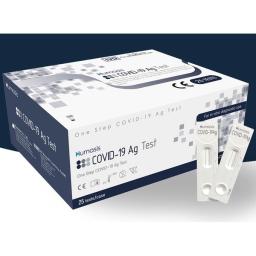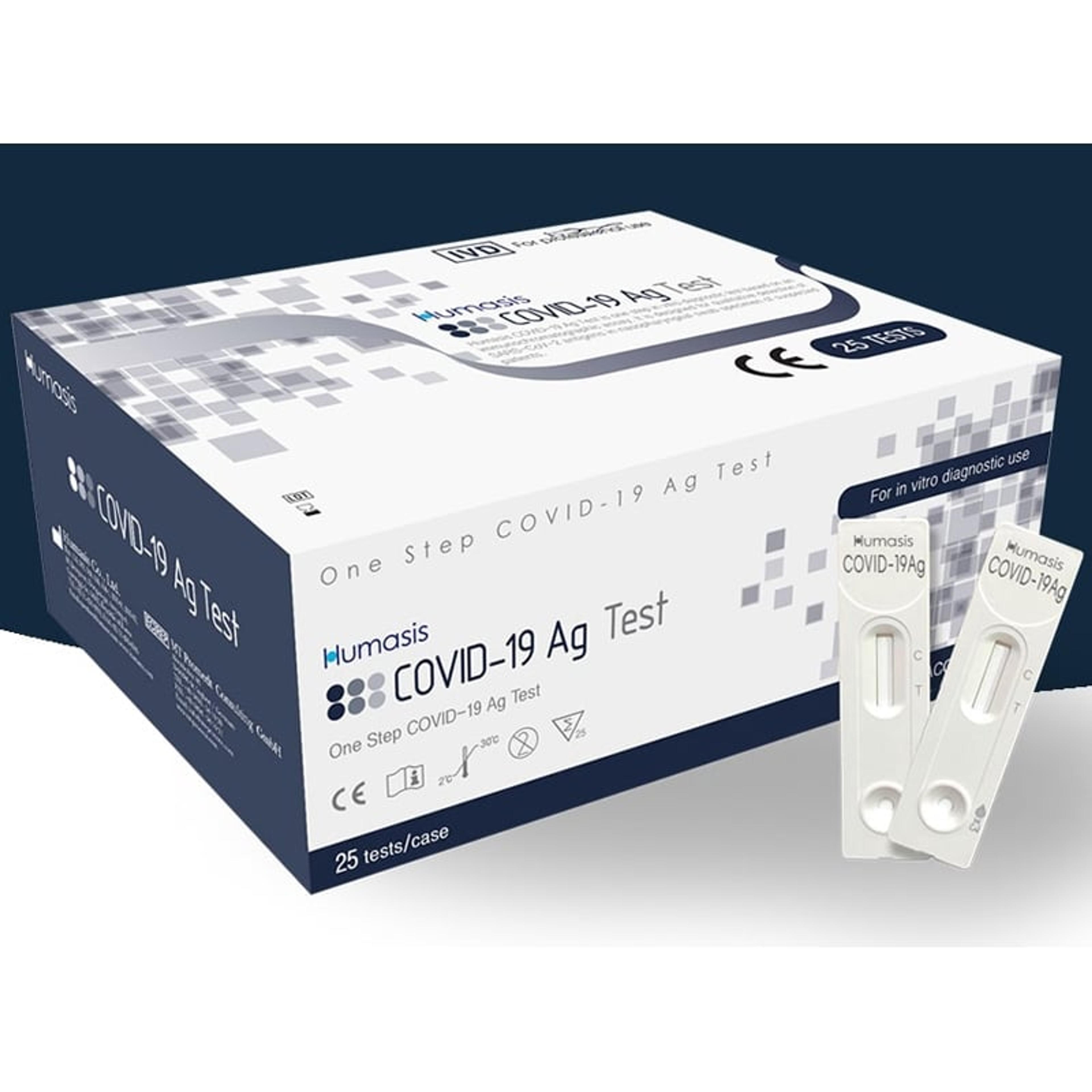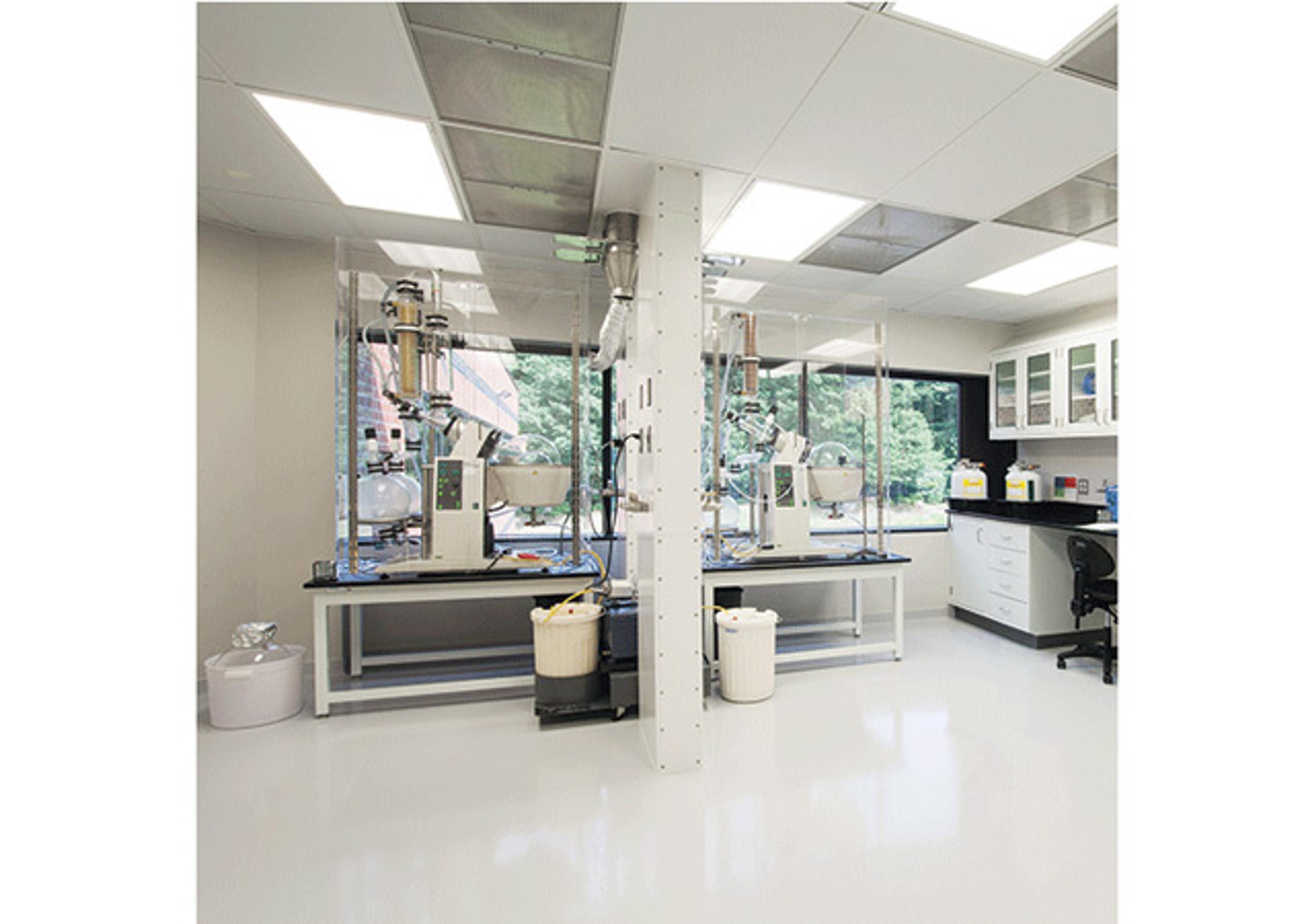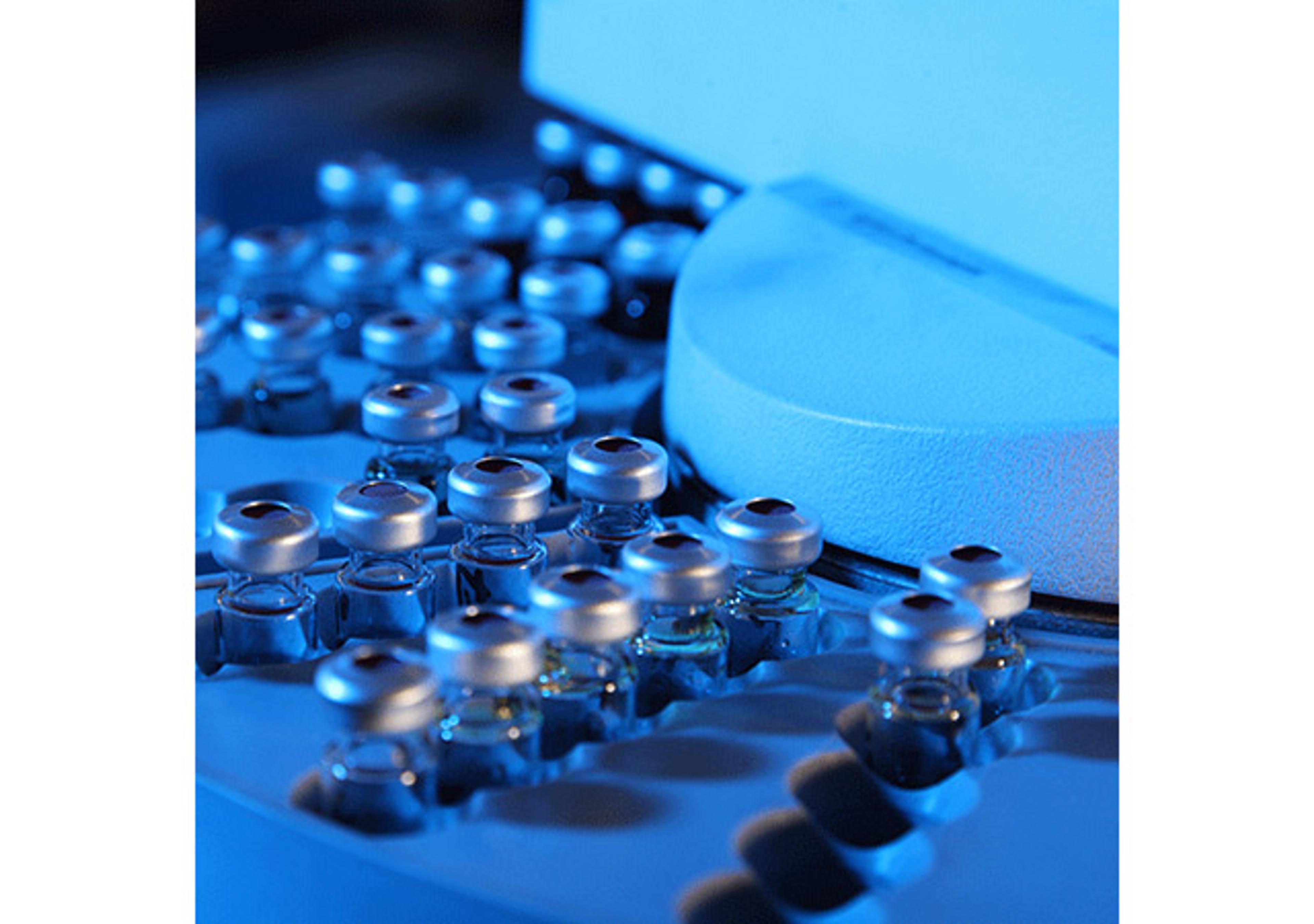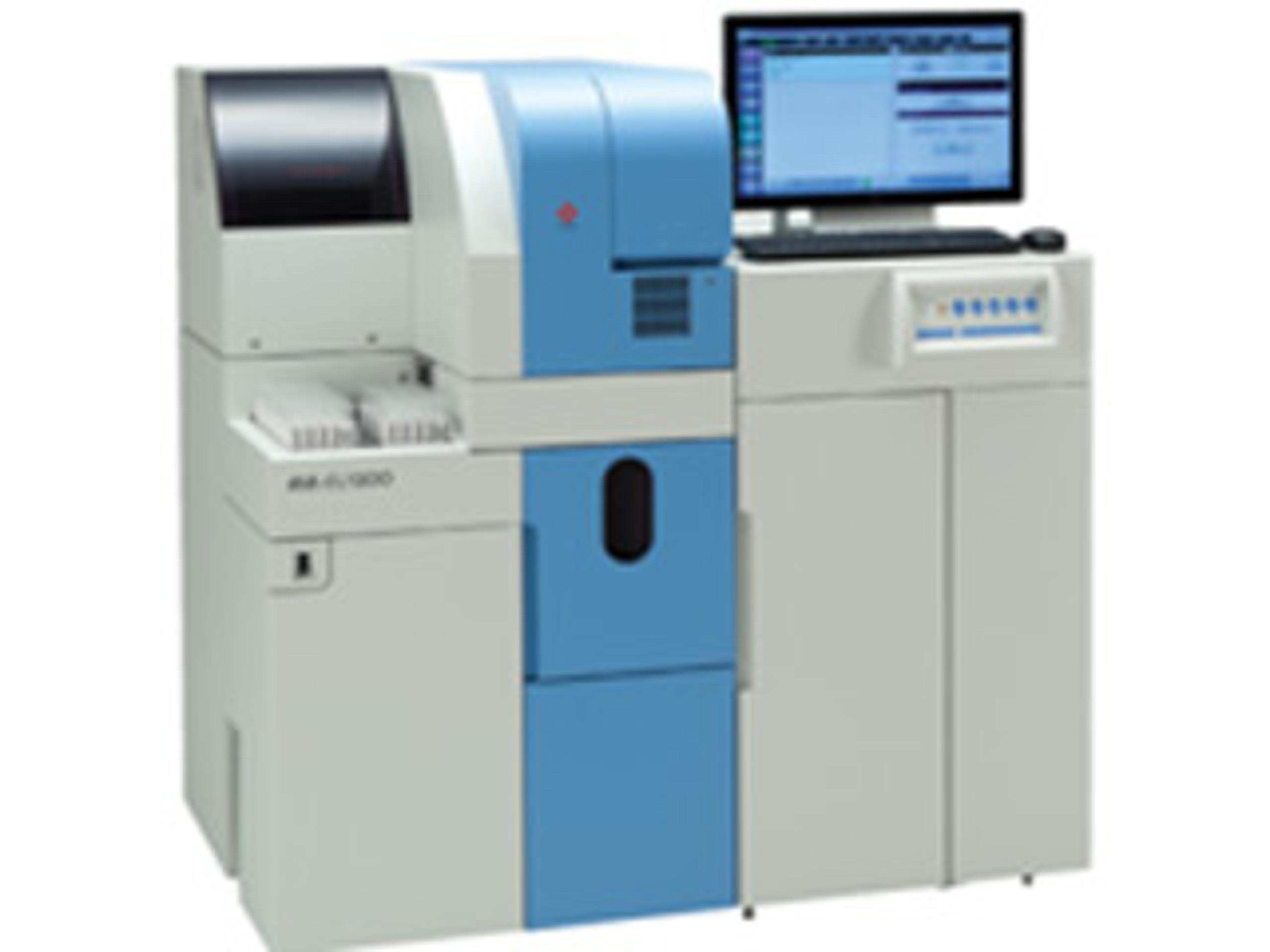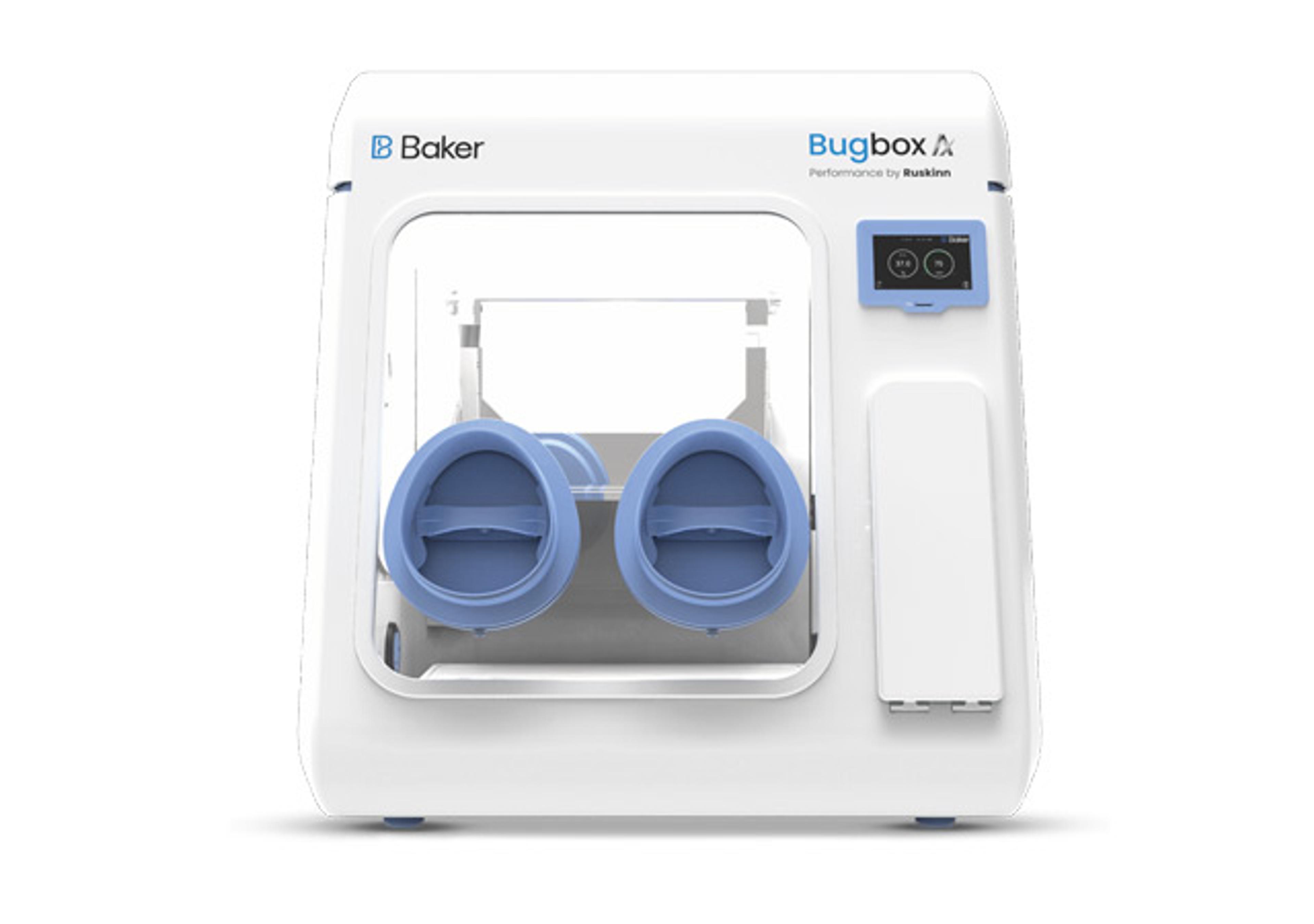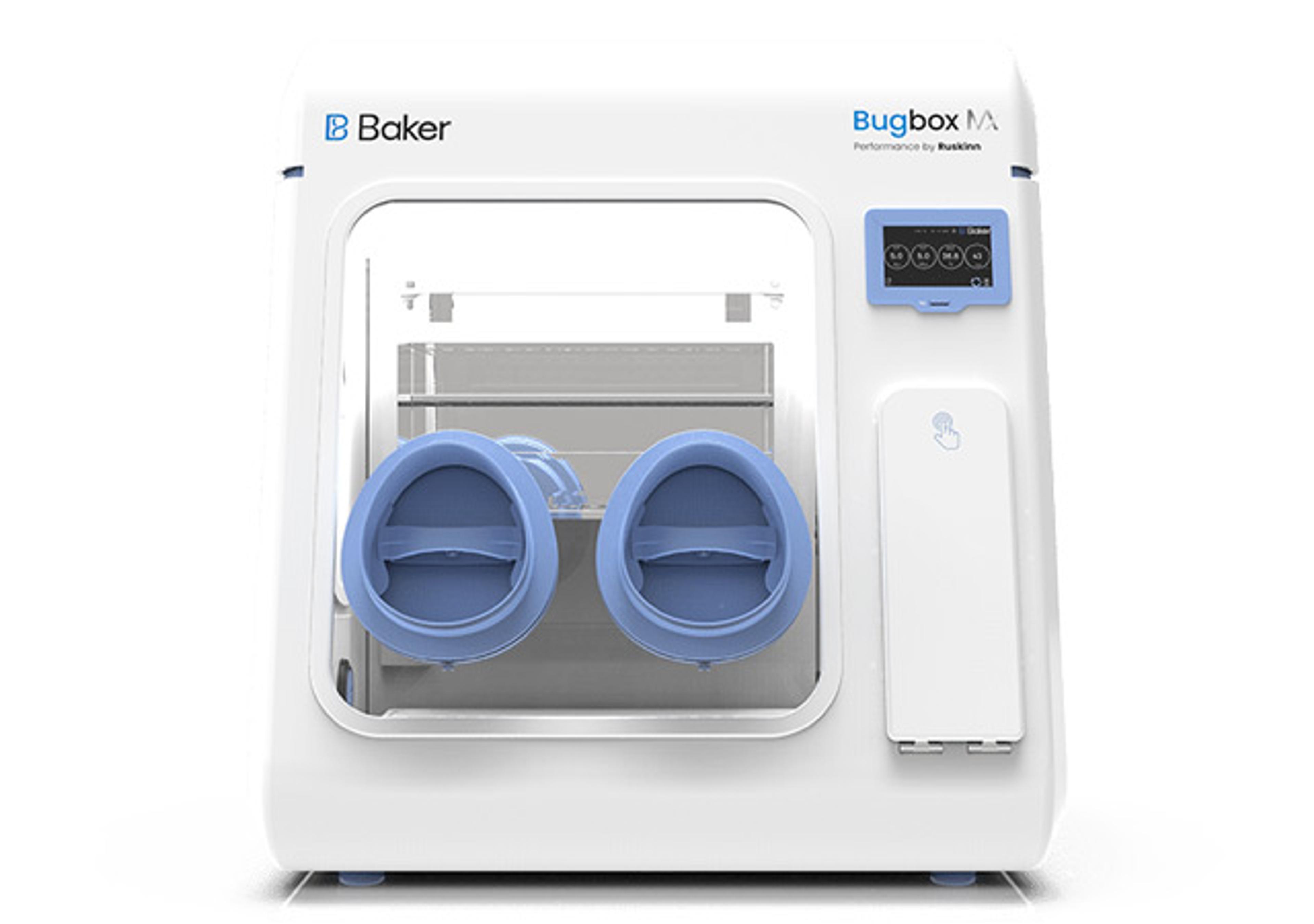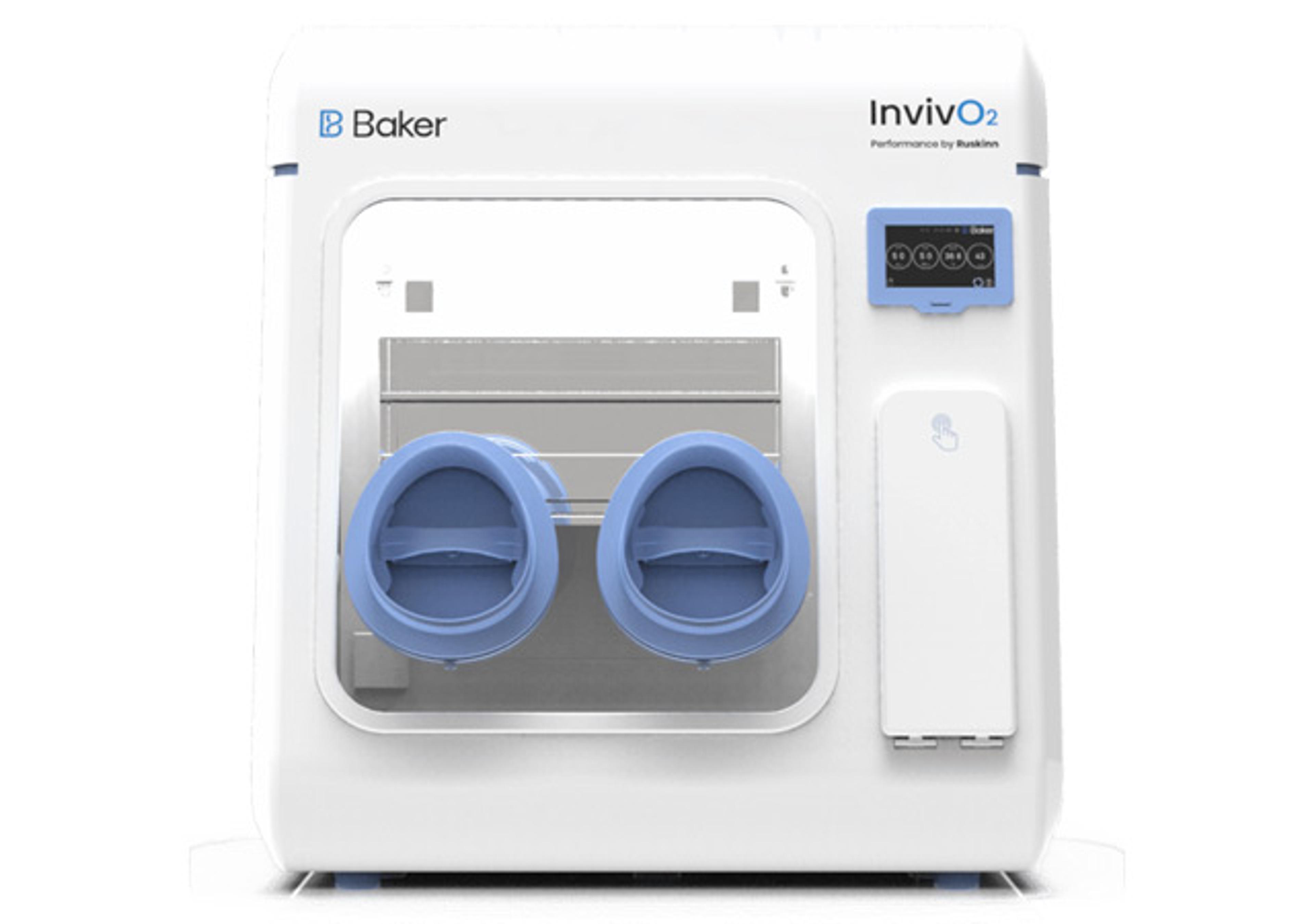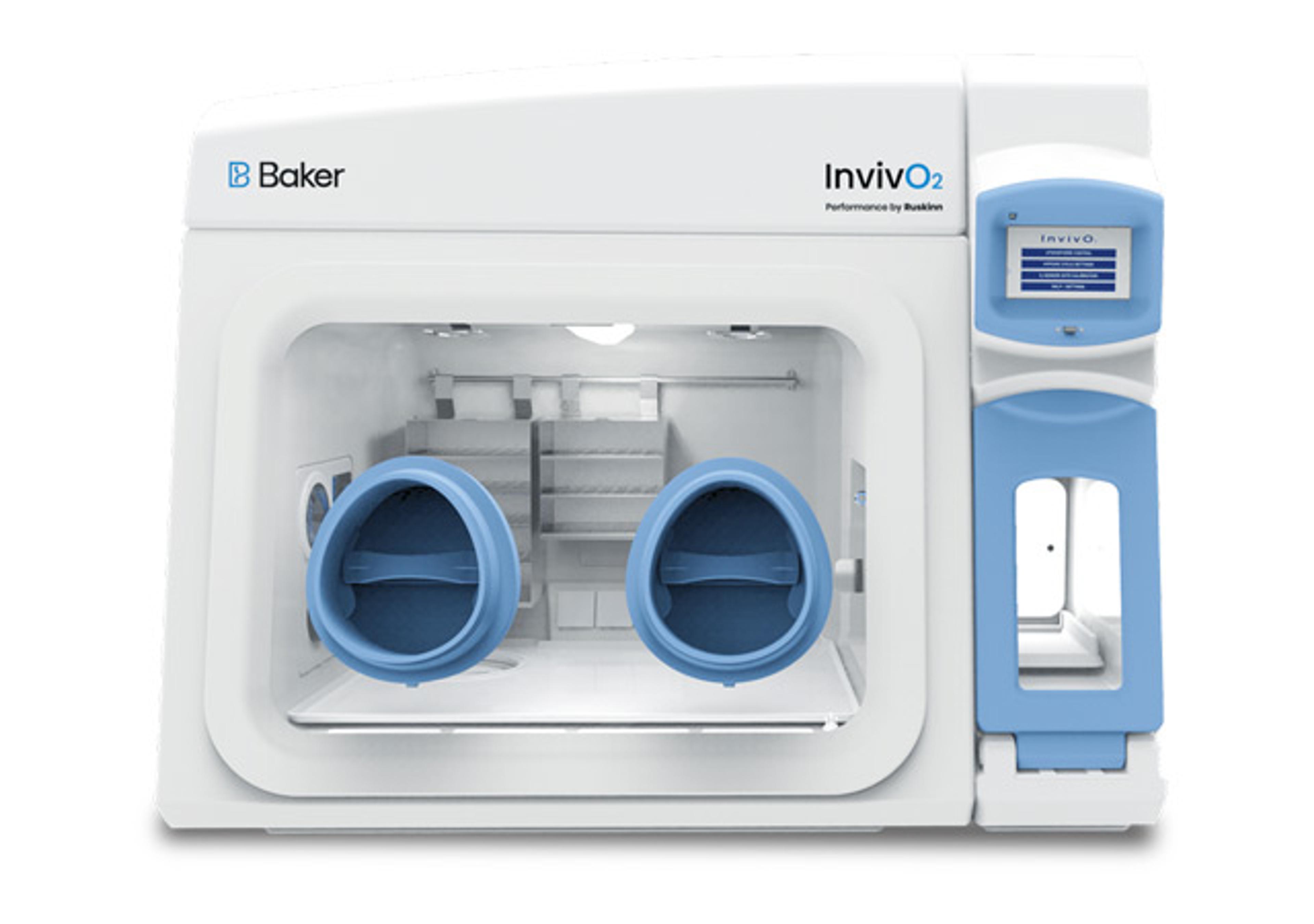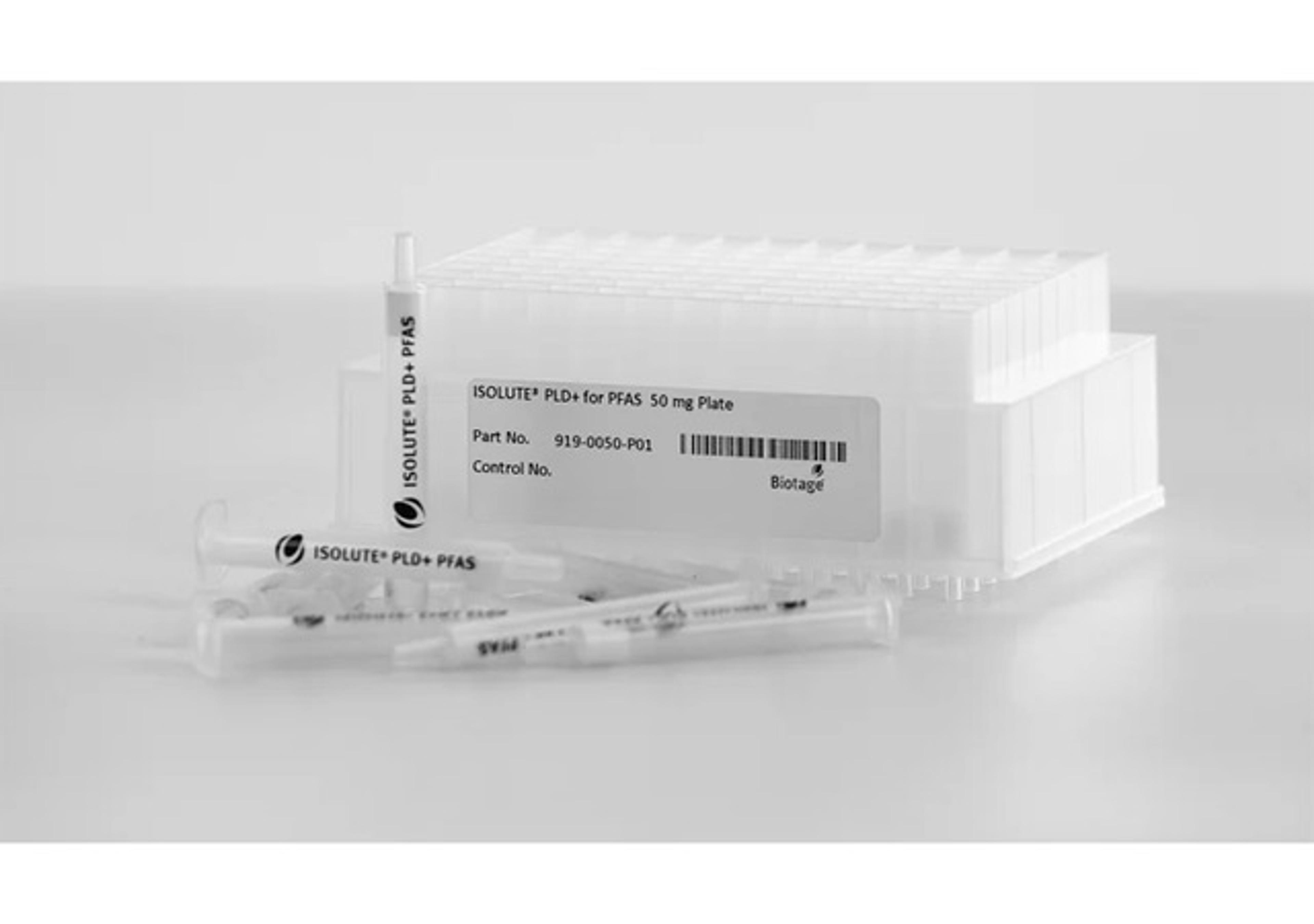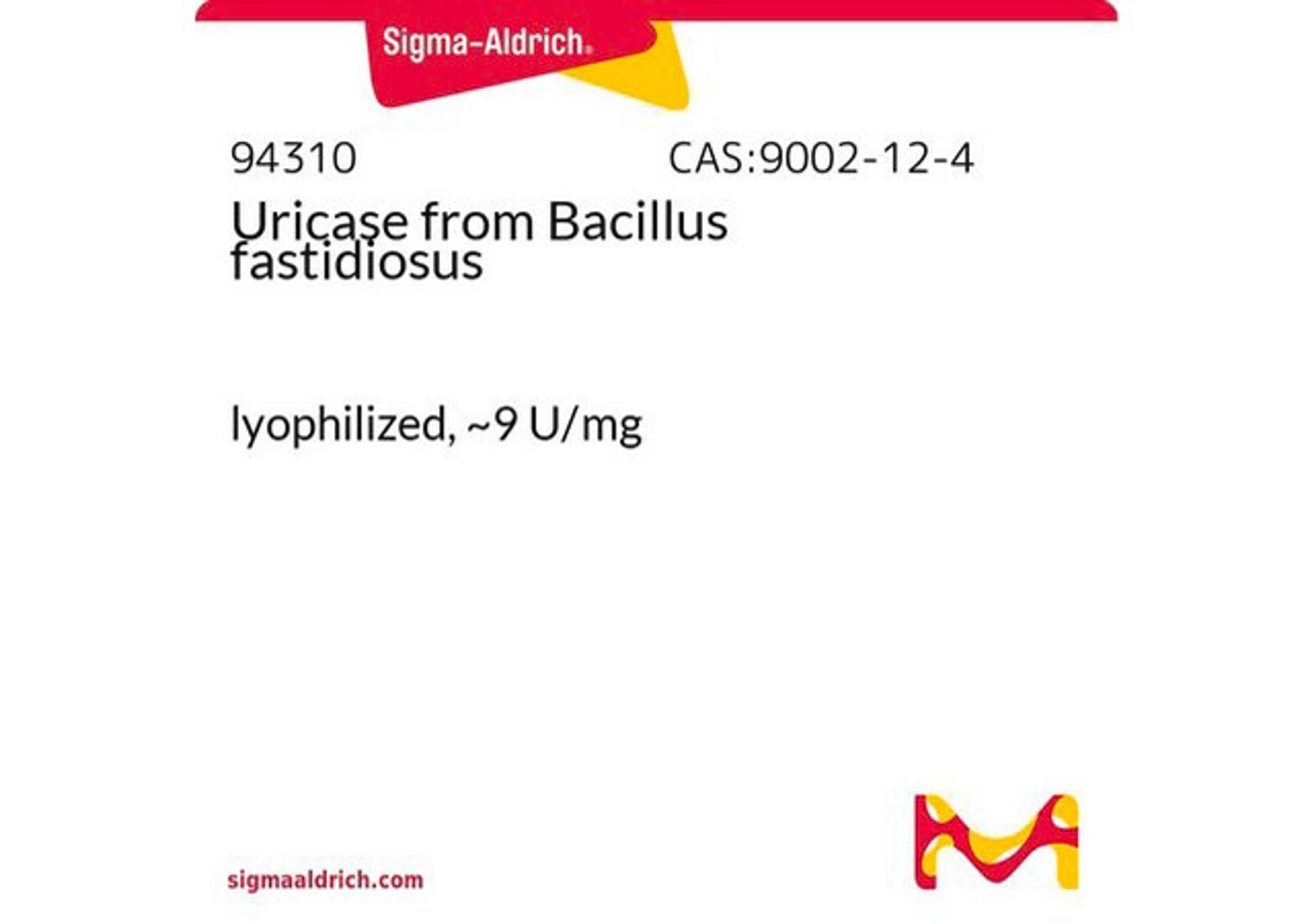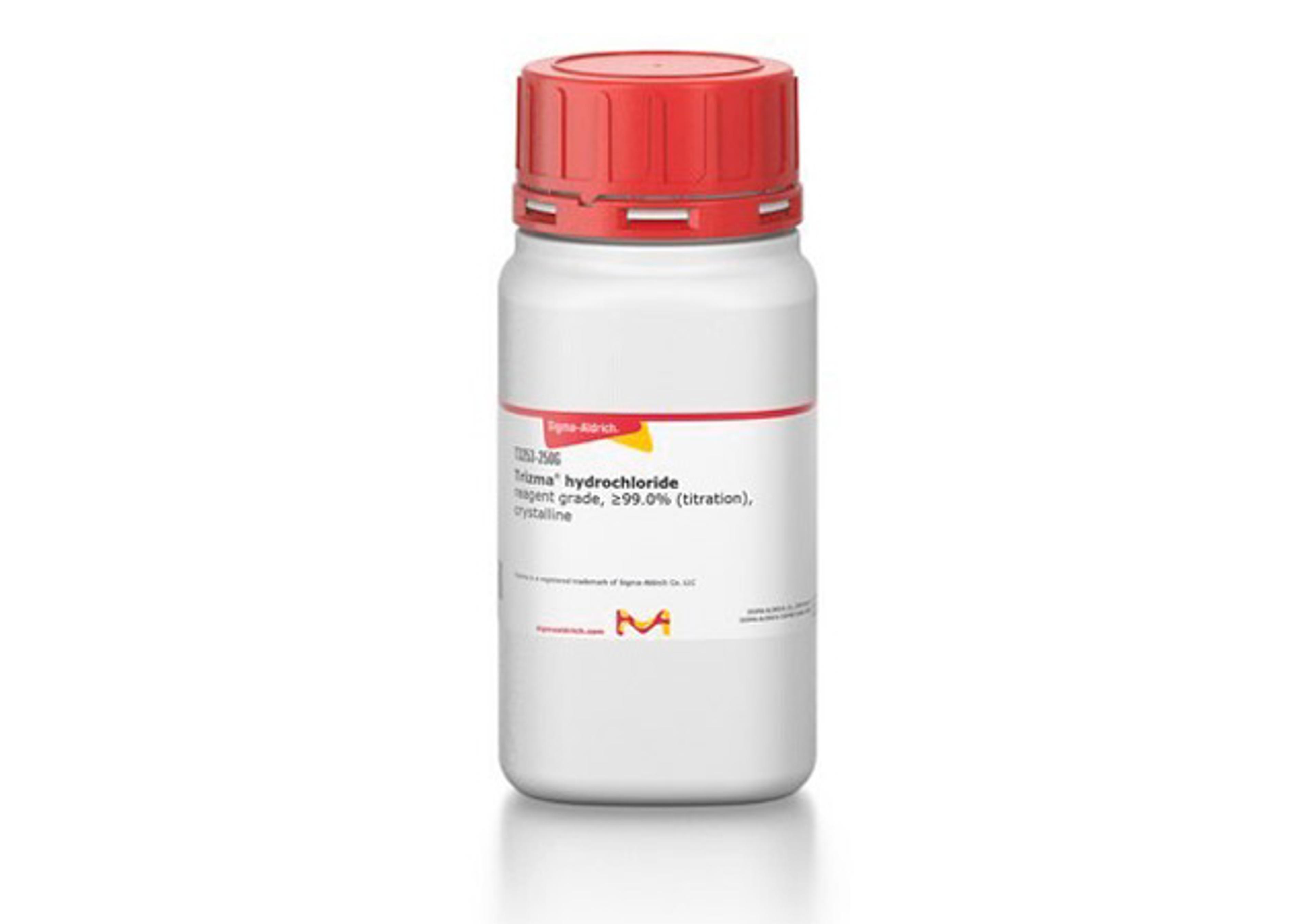Humasis COVID-19 Ag Test
Humasis COVID-19 Ag Test uses monoclonal antibodies specific to COVID-19 specific antigens in human nasopharyngeal swab specimens. The kit contains test devices, disposable test tubes, filter caps, and sterilized swabs for specimen collection for 25 tests.
The supplier does not provide quotations for this product through SelectScience. You can search for similar products in our Product Directory.
Not as effective as expected.
Detection of Covid-19 by rapid Ag Test.
This product is easy to use but not very effective. It has low specificity and sensitivity.
Review Date: 26 Aug 2021 | Cambridge Life Sciences PLC
Humasis COVID-19 Ag Test uses monoclonal antibodies specific to COVID-19 specific antigens in human nasopharyngeal swab specimens. A nitrocellulose membrane strip in the device contains one test line and one control line. The test line is pre-coated with anti-mouse monoclonal antibody to SARS-CoV-2 Nucleocapsid and RBD for the detection of SARS-CoV-2 antigens, and the control line is coated with goat anti-mouse IgG. When the extracted swab specimen is added to the sample well, it will migrate to the conjugate pad, which contains conjugated antibodies conjugated with colloidal gold directed against the SARS-CoV-2 antigen. If the sample contains SARS-CoV-2 antigens, an antigen-antibody-conjugate complex will be formed. The complex will continue to migrate across the membrane until it reaches the capture zone (test line) where the complex will bind to immobilized antibodies and form a visible colored band in the test line. The sample will continue to move along the membrane until it reaches the control line where excess conjugate binds and produces a second visible line. This control line indicates that the sample has migrated across the membrane as intended and the test was performed properly. Results are available in 15 minutes.
The kit contains test devices, disposable test tubes, filter caps, and sterilized swabs for specimen collection for 25 tests.
Limit of Detection: 2 x 103 TCID50/mL
Clinical sensitivity: 92.00% (23/25) (95% CI: 75%-97.8%)
Clinical specificity: 100.00% (20/20) (95% CI: 83.9%-100.0%)


